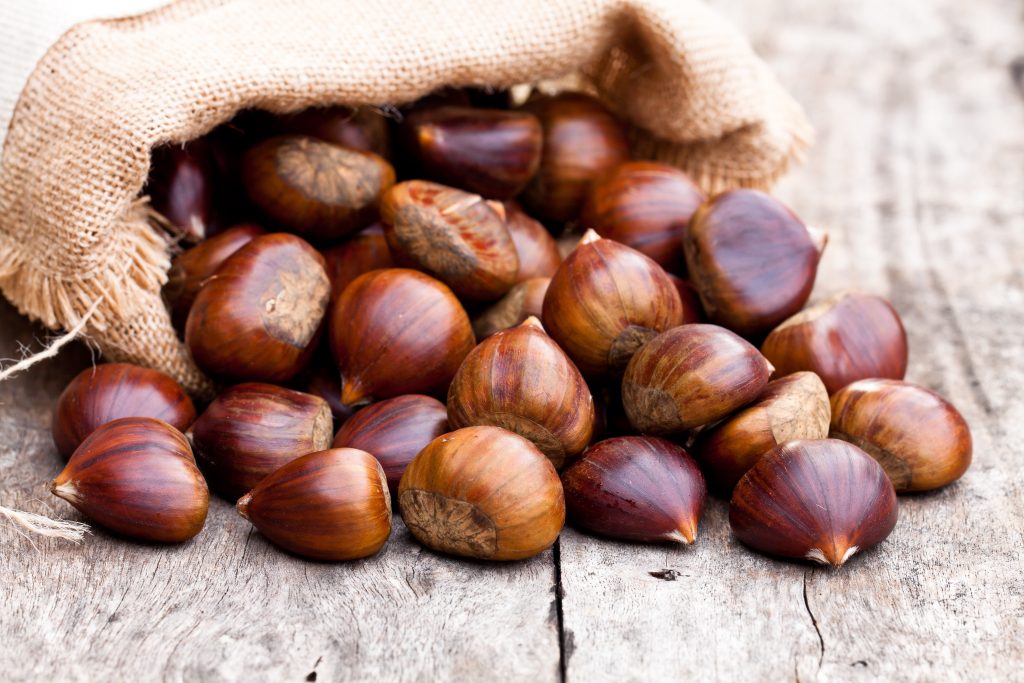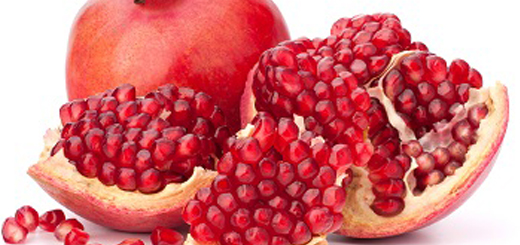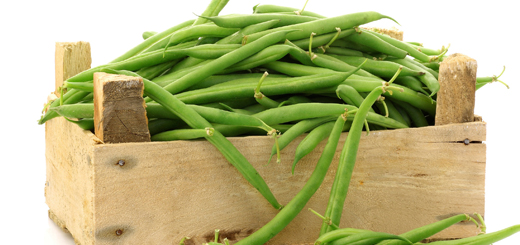In the Store with Sigona’s Featuring: Italian Chestnuts
Diane Rezendes, food writer
If you were in Italy right now…
You would be enjoying the fall chestnut season. Likely, you’d smell the heavenly, sweet-smoky aroma of roasted chestnuts from outdoor markets, vendors at busy squares and open-air festivals and from people’s homes as you walk past.
You might take an afternoon to go chestnut picking, just as you would go berry-picking with family and friends here in northern California. Once you got home, you’d want to use what you picked. If you were in Italy, you’d roast the chestnuts and enjoy them with new wine, maybe a nice Sicilian orange, relive your day and talk about the things you saw, the people you met, and your attempts at the mellifluous Italian language.
But you’re in northern California.
Even though we can’t whisk you away to Italy, we can offer you an Italian interlude, thanks to the flavorful fresh castagne – Italian chestnuts – we are getting right now, direct from the mountains outside Naples.
Here’s our suggestion: why not pick some up and roast them tonight or this weekend?
More about chestnuts
Italy’s climate and topography combine to make an ideal environment for chestnuts to thrive. Two types of chestnuts are grown in large numbers there: the larger, round marroni, which are generally candied or glazed; and the smaller castagne, distinguished by a flat side. These are the chestnuts we associate with, as the song goes, ‘roasting on an open fire.’
Castagne are typically grown in walled orchards south of Naples. Nowadays, as for centuries, Italians prepare them in as many ways as there are shapes of pasta – among them, roasted, boiled, pureed, candied or ground into flour and simmered into polenta.
Good for you
High in fiber and low in fat, chestnuts are rich in three minerals good for maintaining healthy bones: calcium, magnesium and phosphorus. They are also rich in potassium and vitamin C.
Cook’s tip: peel them while they are still warm; once they cool it is very difficult to do.
Still more about chestnuts:
- Estimated to be around 2,000 years old, the Hundred Horse Chestnut in Sicily is the oldest tree in Italy and possibly Europe. It’s also one of the largest by trunk diameter.
- There are a number of Italian last names, many of them of Sicilian origin, relates to the chestnut, working with it, or its reddish brown color: Castagna, Castagnolo, Castagnone, Castagnaro, Castagneri, Castagneto and their variants.
- Chestnut polenta is much older than the corn polenta we think of as traditionally Italian. Corn originates in the Americas, and was introduced to Italy relatively recently.












